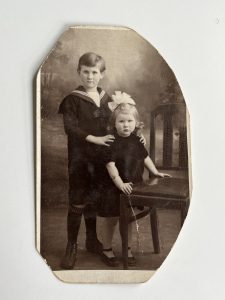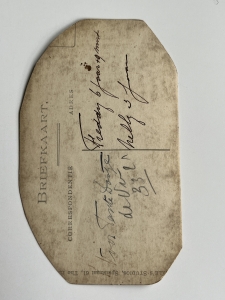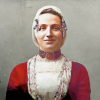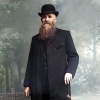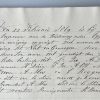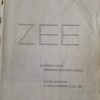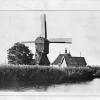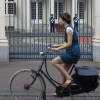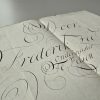Photos and Documents
This studio portrait is of Fred and his sister Nel. On the reverse is written “voor Tante Daatje”, “Freddy 6 jaar 9 maanden, Nelly 3 jaar”. The photographer is “…ale’s Studios, Spuistraat 61, The H…”. Tante Daatje is Fred’s mother Janna Cunera van Alphen’s younger sister Daatje van Alphen, who married Willem Smit in 1912. It can be dated to April of 1923. Nel turned 3 on April 6, 1923. Perhaps they marked the occasion with a trip to the photo studio, which was at Spuistraat 61 in Den Haag.
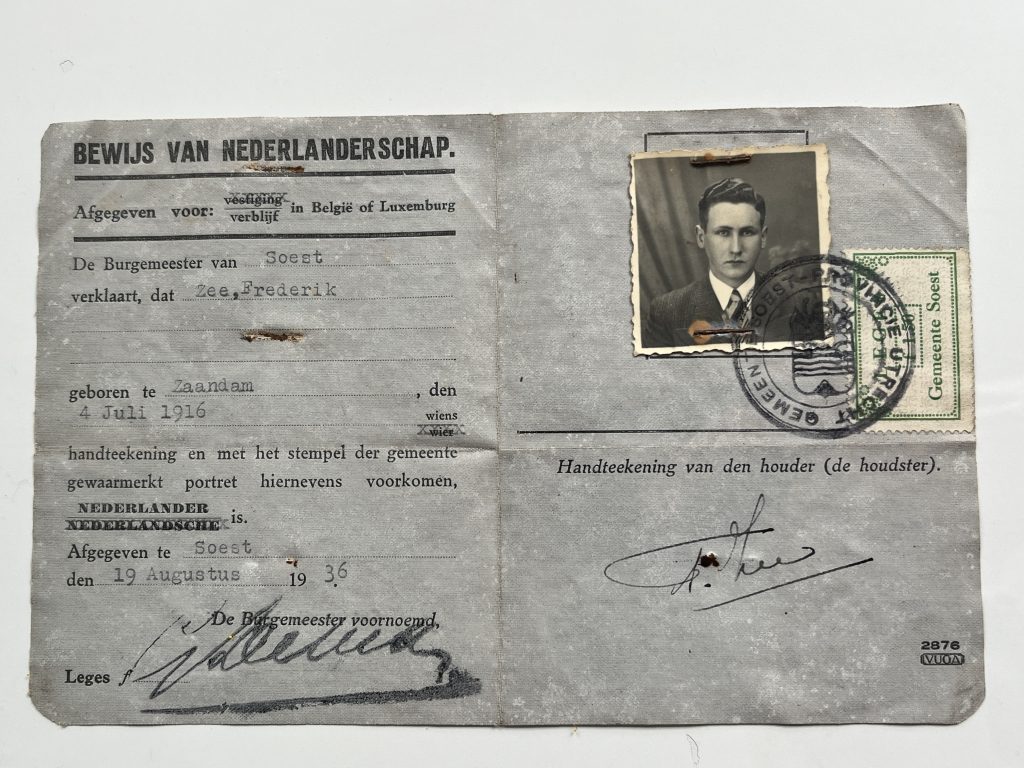
This document from 1936 is a “Bewijs van Nederlanderschap”, issued in Soest on August 19, 1936. It notes that it is issued for the purpose of a stay in Belgium or Luxembourg. Fred is 20 years of age here.
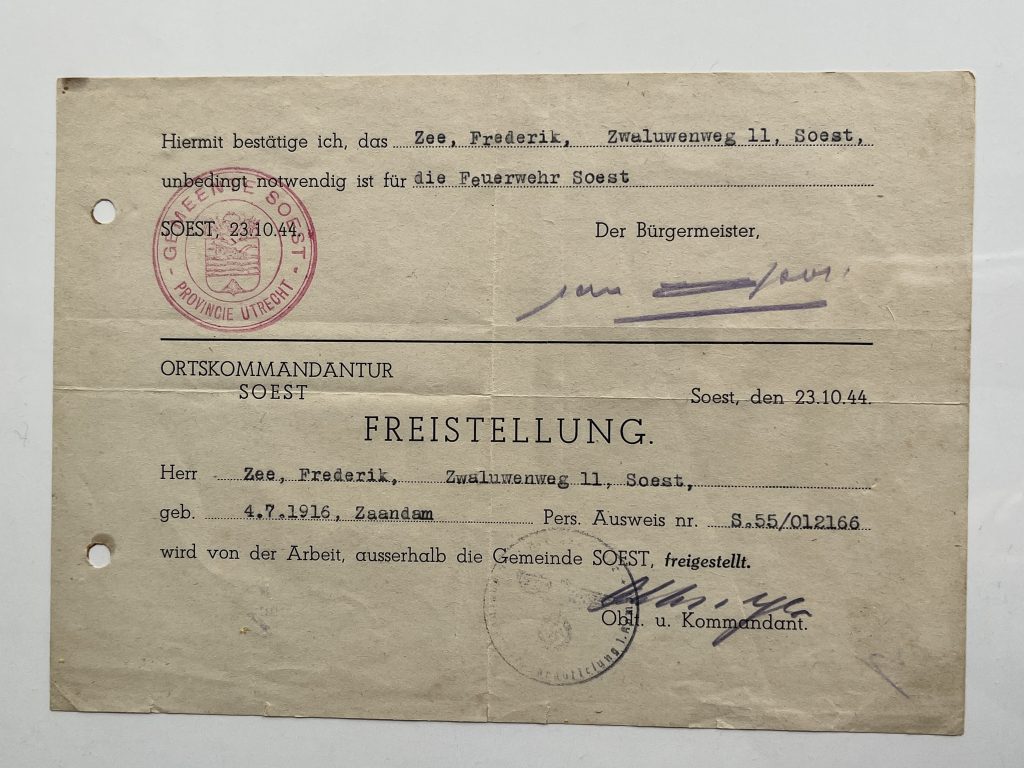
October 23, 1944. This Freistellung is issued to Fred, then living at Zwaluwenweg 11, Soest. It absolves him from the duty of “Arbeit”, in other words being transported to Germany. The reason is that he is required for the Fire Service in Soest. He’s 28 years of age.
This was issued at the end of October 1944, when Holland was well into the start of the Hongerwinter. That translates to “winter of hunger” but the name belies the true depths of despair that ravaged the country that winter. It was a full-blown famine. Around 20,000 people died. When Fred used to tell me about it, I think he glossed over the real horrors of it. People were forced to leave cities and towns and trawl the countryside for the chance of food. His most definitive recollection was how tulip bulbs were turned into food – cooked slowly, tasted awful. His saying from the time, that he often repeated at home, was “Honger maakt rauwe bonen zoet”, or “Hunger makes raw beans sweet”. If you’re hungry, you’ll truly eat anything: I struggle to imagine how awful that is. I will say that Fred was an excellent chef, and loved his food – in small portions, always. He ate very well, and took great care of his health. I wonder if the experience of that famine was the driver.
Being a fireman was not something Fred did for long, if at all. He got the position at the fire station through a friend, and I don’t recall if he actually had to turn up to any fires. I don’t think he did. It was a gimme, so that Fred could get his Freistellung, which was about the most important piece of paper you could get. Without one, you were marked for transport to Germany – as Fred had been in 1943. There was no shame in avoiding labour in Germany – not everyone came back, and you weren’t sending anyone in your place if you didn’t go. That last point was important, because ordinarily Fred’s father Pieter would have been sent if Fred avoided his appointment to travel. It was standard practice to send the father of any no-shower, as a very chilling example to others thinking about going into hiding. But Pieter Zee was above 60 at this point, and so not a valid replacement. Hence, Fred was free to do just that. He obtained a contact – I don’t know the family name – and they took him into their home. Beneath it, actually. He lived under the floorboards. He recounted how you had to be very quiet during the day, when out-of-the-ordinary sounds in a house might be noticed or reported. But in the evenings you could relax a little more, and come up out from underneath. Boring, but not hugely uncomfortable.
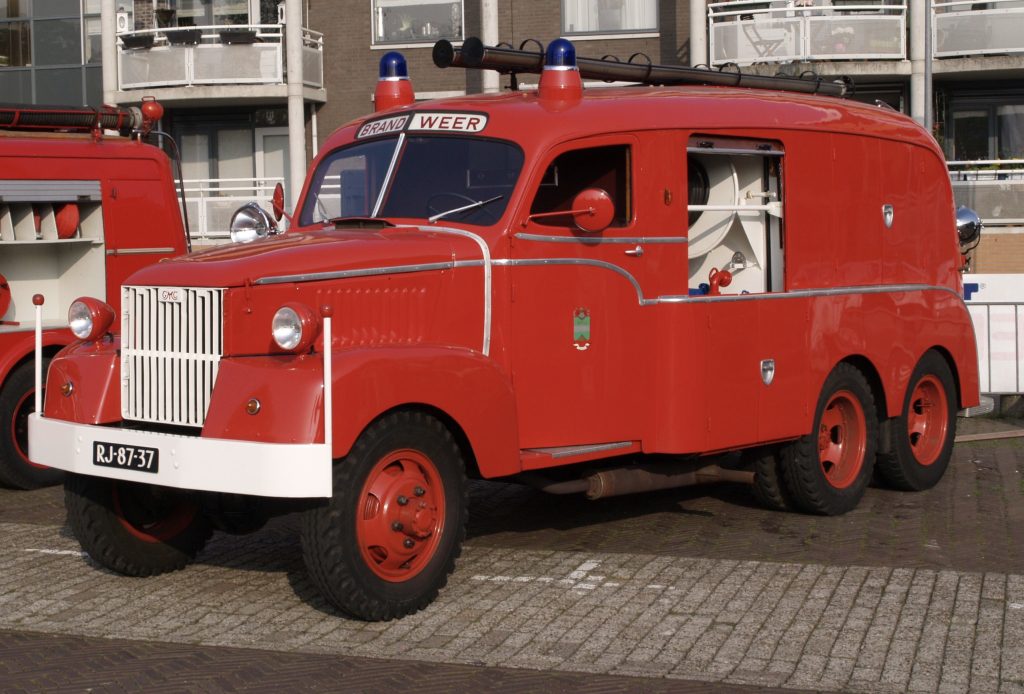
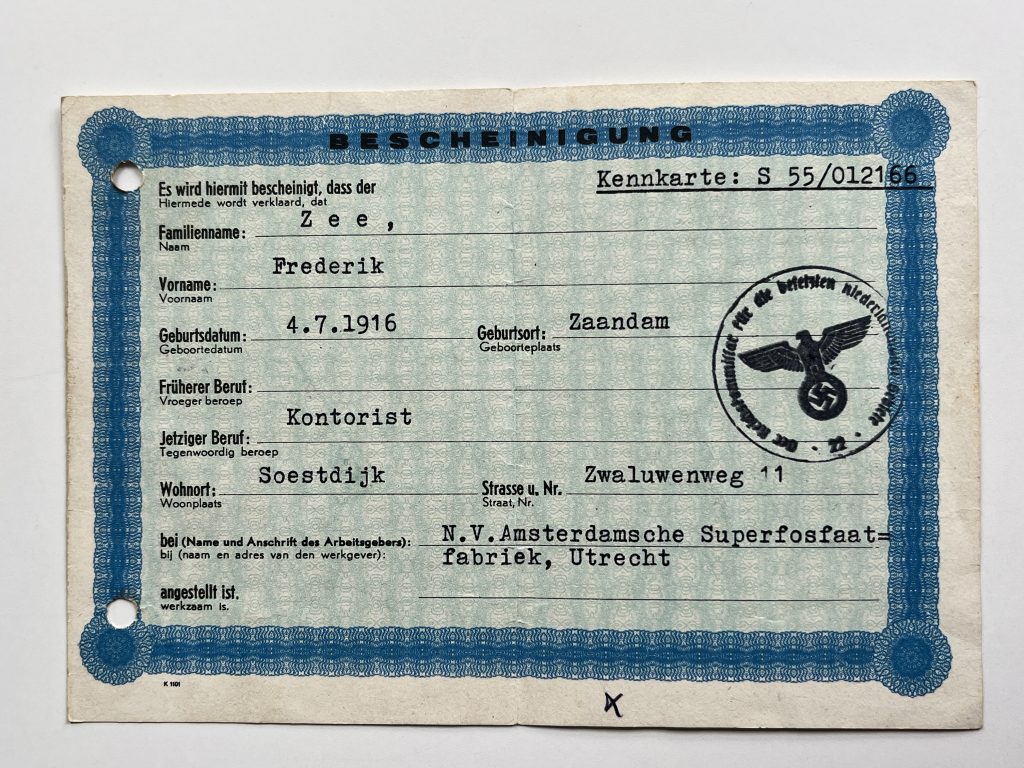
This Bescheinigung (certificate) was issued to Fred by the occupying German authorities, showing his employment at the N.V. Amsterdamsche Superfosfaatfabriek, Utrecht. It’s undated, but c. 1944.
NA – Amsterdamsche Superfosfaatfabriek NV, Utrecht [DN 839]
Onderdeel van een omslag met meerdere dossiers. Deze omslag is aan te vragen via archiefinventaris 2.09.16.01, inventarisnummer 2026, ten name van Amsterdam, Gemeentelijk Bureau voor Sociale Zaken
